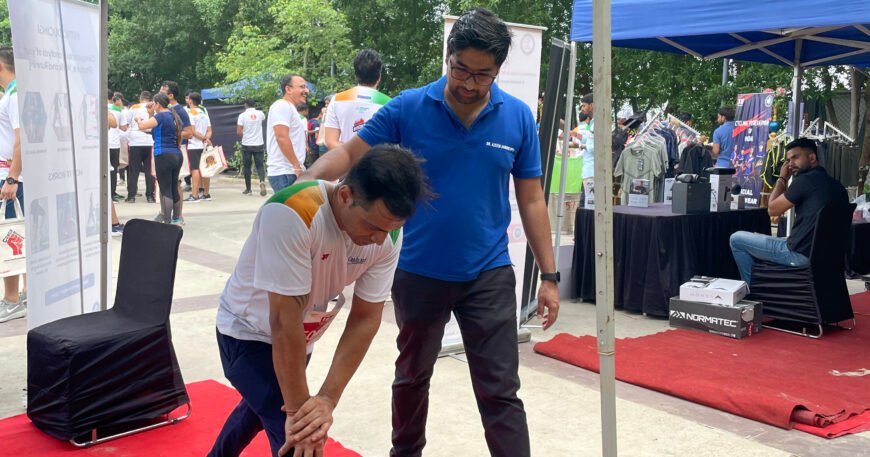Physiotherapy, a cornerstone of rehabilitation medicine, encompasses various techniques aimed at restoring mobility, function, and quality of life. One of its key components is manual therapy, a hands-on approach that plays a pivotal role in addressing musculoskeletal issues and promoting healing.
Manual therapy involves skilled manipulation of soft tissues, joints, and muscles by physiotherapists to alleviate pain, improve range of motion, and enhance overall function. Unlike passive modalities, such as ultrasound or electrical stimulation, manual therapy actively involves the therapist’s hands, providing targeted treatment tailored to the individual’s needs.
So, what makes manual therapy such a valuable tool in physiotherapy?
Firstly, it offers immediate relief by targeting specific areas of discomfort. Through techniques like joint mobilization or soft tissue manipulation, therapists can release tension, reduce inflammation, and alleviate pain, providing patients with instant relief and improved mobility.
Moreover, manual therapy addresses the root cause of the problem, rather than merely masking symptoms. By identifying dysfunctional movement patterns or biomechanical imbalances, therapists can tailor treatment plans to correct these issues, promoting long-term recovery and preventing future injuries.
Additionally, manual therapy fosters active participation in the healing process. Unlike passive treatments where patients are mere recipients, manual therapy encourages engagement and feedback. Patients play an active role in their rehabilitation, providing valuable insight into their progress and comfort levels, allowing therapists to adjust techniques accordingly.
Furthermore, manual therapy promotes holistic healing by addressing both physical and psychological aspects of pain. The hands-on approach not only targets physical discomfort but also provides a sense of comfort and reassurance to patients, reducing anxiety and enhancing overall well-being.
It’s essential to note that manual therapy is not a one-size-fits-all approach. Each treatment session is tailored to the individual’s unique needs, taking into account factors such as medical history, lifestyle, and personal preferences. Therapists employ a variety of techniques, including joint mobilization, soft tissue manipulation, myofascial release, and trigger point therapy, to create a customized treatment plan that optimizes outcomes.
In conclusion, manual therapy is a cornerstone of physiotherapy, offering targeted, effective treatment for a wide range of musculoskeletal issues. By harnessing the power of skilled hands-on techniques, physiotherapists empower patients to regain function, alleviate pain, and reclaim their quality of life. Whether recovering from injury, managing chronic pain, or enhancing athletic performance, manual therapy remains an invaluable tool in the arsenal of physiotherapy techniques.


